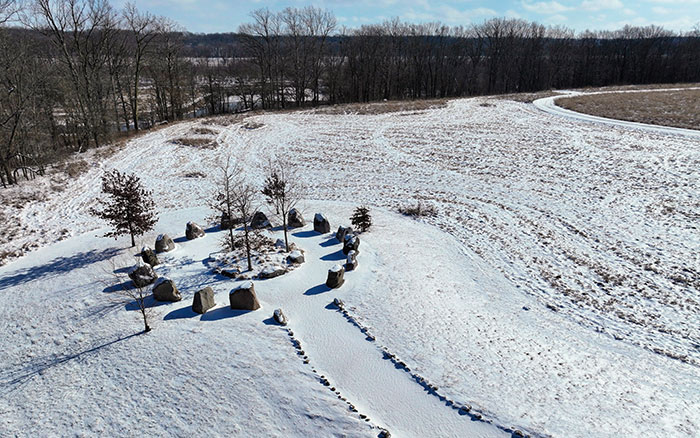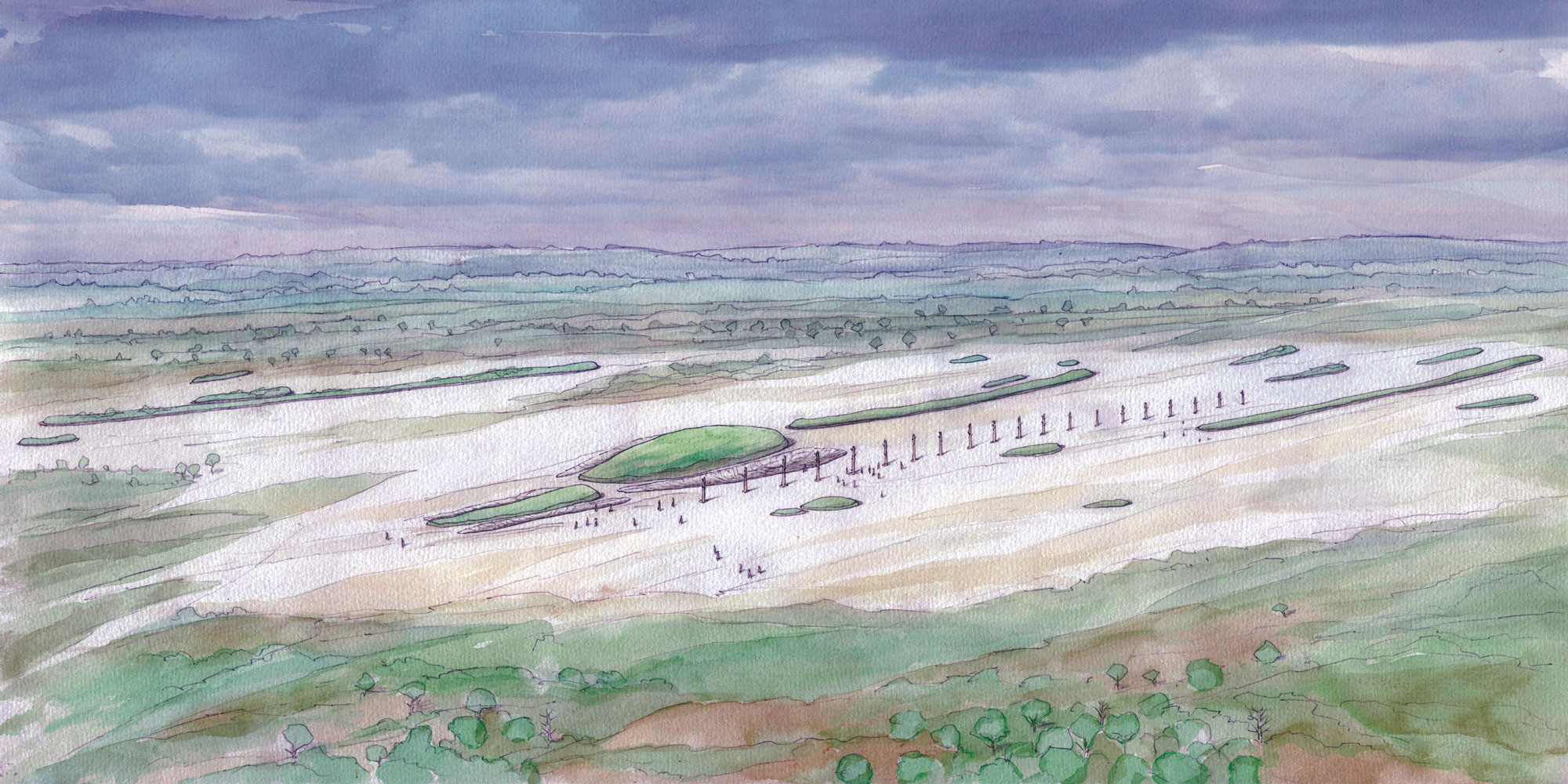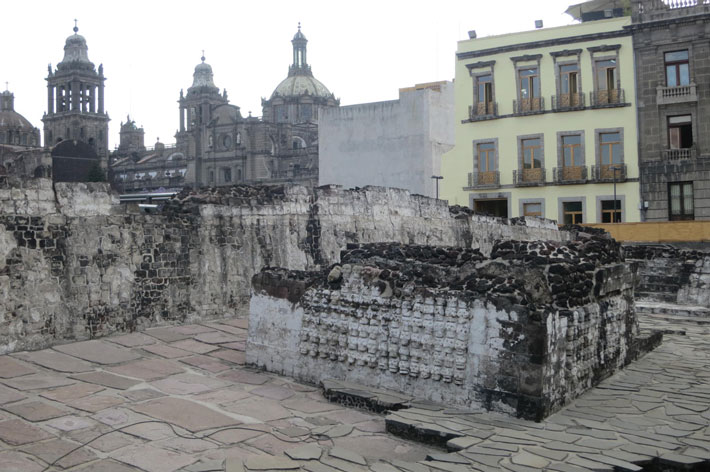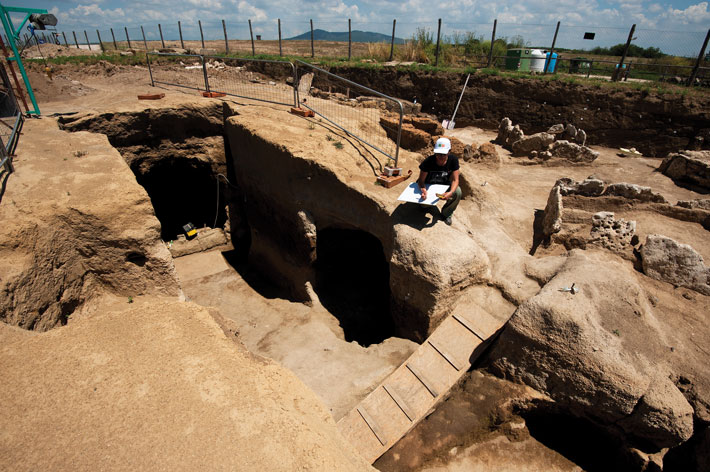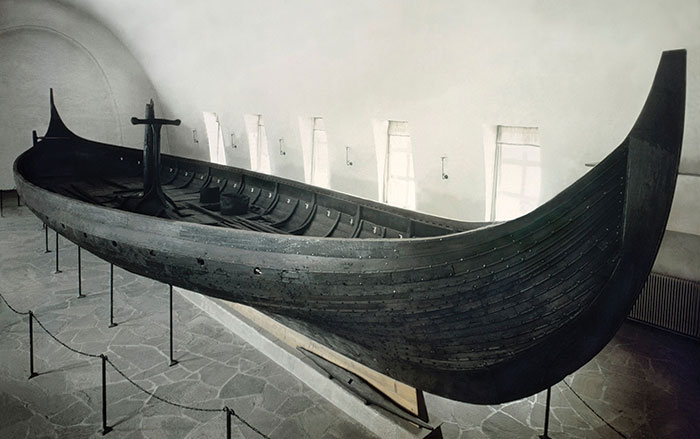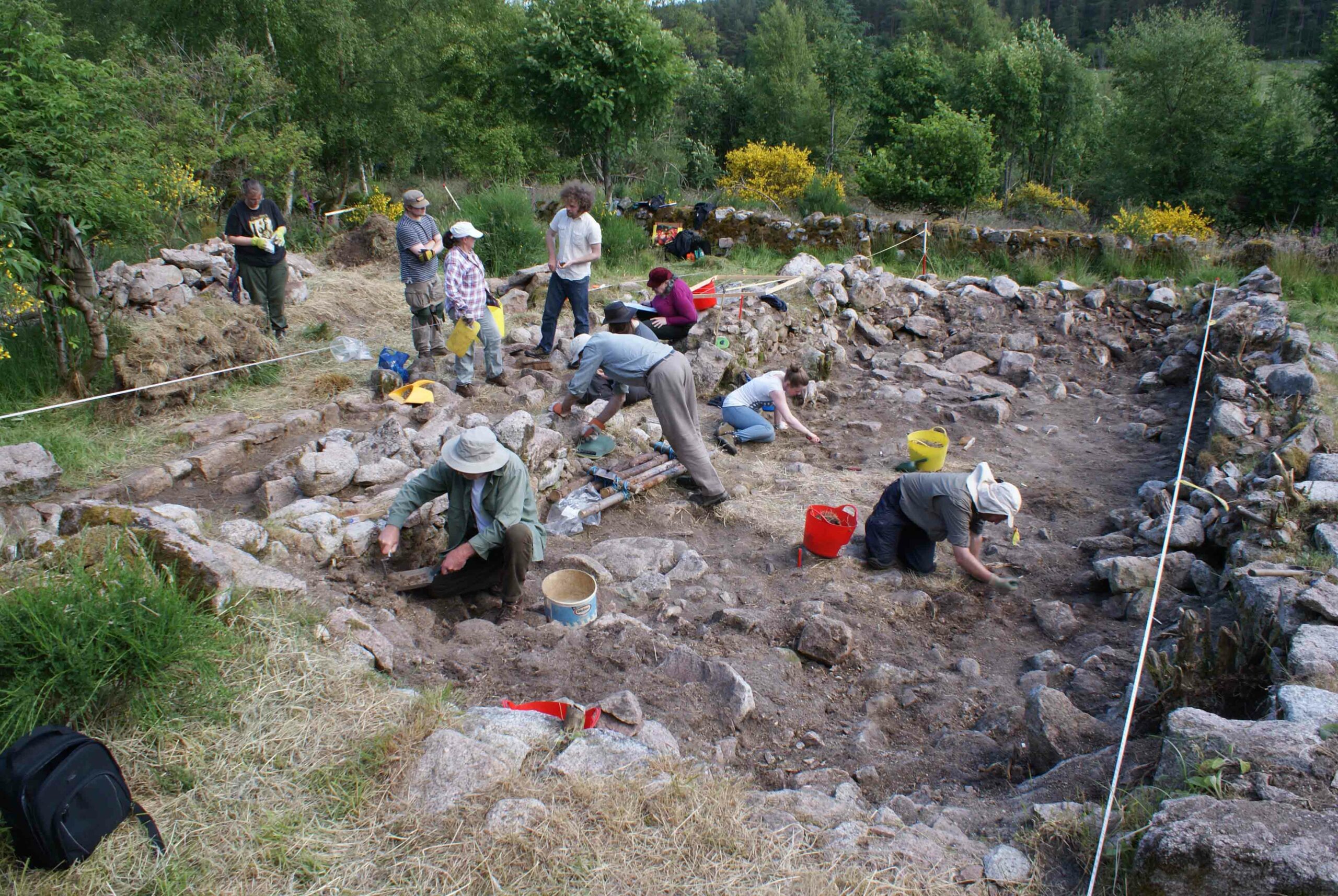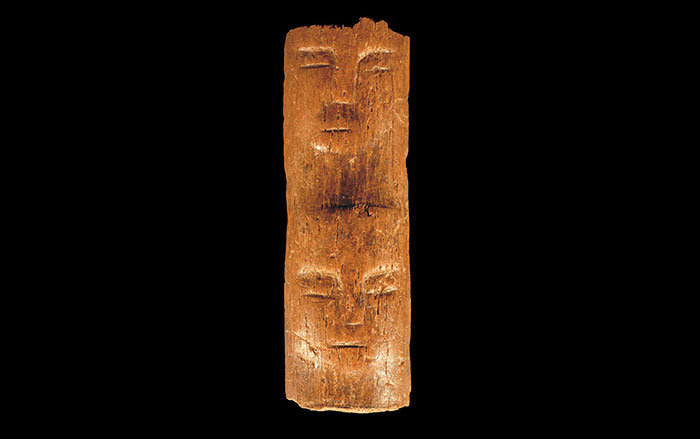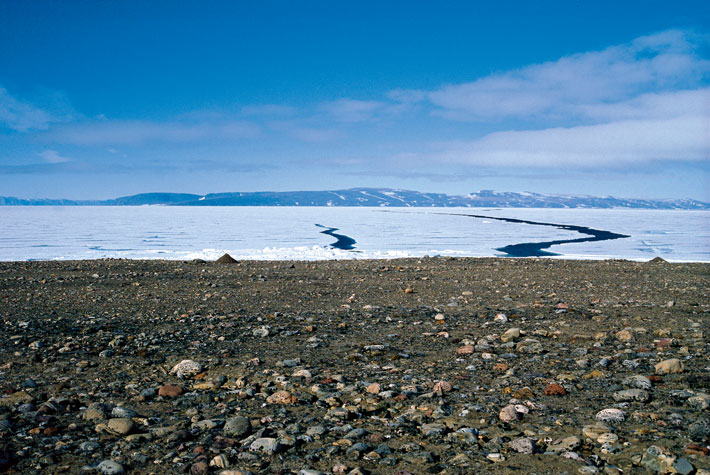
COPENHAGEN, DENMARK—A large-scale study of mitochondrial DNA and the genomes of 169 ancient humans from different time periods in the New World Arctic region by Maanasa Raghavan of the University of Copenhagen and her colleagues suggests that the Saqqaq culture, whose people lived about 4,000 years ago, and members of the Dorset culture, who succeeded them 2,800 years ago, belonged to one Paleo-Eskimo people. According to Eske Willerslev of the University of Copenhagen, comparison with the genomes of present-day Inuits and Native Americans shows that reindeer-hunting Paleo-Eskimos were genetically distinct, and may have migrated to the New World on their own as a tiny founder population. But the lineage disappeared at about the same time that the whale-hunting, Neo-Eskimo Thules expanded into the Arctic. Were the Dorsets pushed out of the Arctic by the Thules some 700 years ago, or were they annihilated by a disease? “It’s just mind-blowing to imagine an entire people who just completely vanished,” Willerslev told Science.


